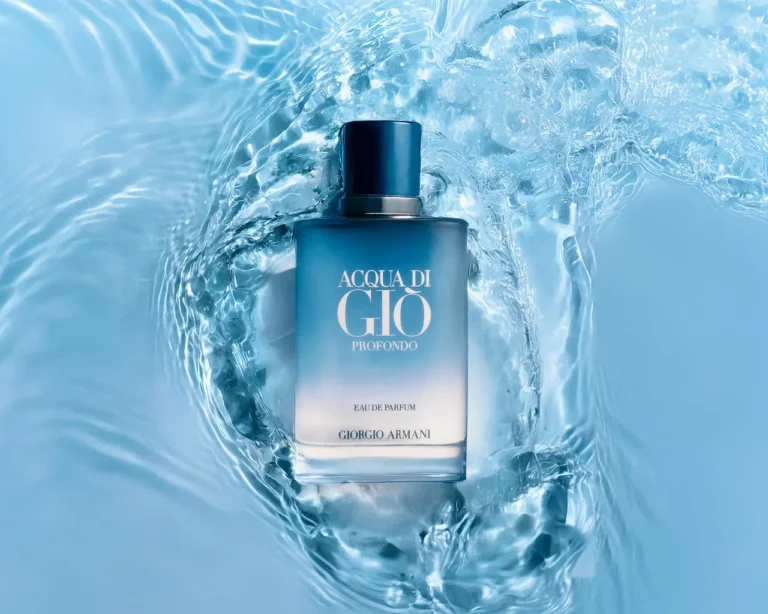
Smart Appliances, Slipping Satisfaction: J.D. Power 2025 Study Reveals Growing Consumer Concerns
J.D. Power released the 2025 U.S. Appliance Satisfaction Study℠, the increased integration of tech features is being met with increased frustration from consumers—particularly around usability, durability, and reliability.Smart technology and Wi-Fi connectivity, customer satisfaction is heading in the opposite direction as the functionality of home appliances grows more.
The study reveals a notable decline in overall satisfaction, dropping 11 points from a score of 710 in 2024 to 699 in 2025 on a 1,000-point scale. This dip underscores a growing disconnect between high-tech offerings and actual user expectations and experiences.
Tech Advancements Leading to More Frustration
J.D. Power’s data highlights a paradox: while manufacturers are adding new features and connectivity options in an effort to improve convenience, those same innovations are often causing confusion and dissatisfaction. Key satisfaction metrics saw the following drops:
- Durability: Down 11 points to 695
- Features and Settings: Down 13 points to 668
- Ease of Use: Down 9 points to 730
Michael Taylor, Senior Managing Director of the Retail Intelligence Practice at J.D. Power, explained the root of the problem: “Increased connectivity often leads to increased confusion. Our data shows that younger generations—particularly Gen Y and Gen Z—expect more intuitive user experiences, but they also report more frequent issues.”
Interestingly, customers using Wi-Fi-enabled appliances report a higher number of problems overall. This suggests that the promise of smart functionality isn’t always being fulfilled in real-world usage.
“Simplicity in design and functionality can still be a strong competitive advantage,” Taylor added, pointing to a trend that cuts across age demographics.
Study Overview: Measuring Satisfaction Across 12 Appliance Categories
The 2025 study measures satisfaction across 12 major home appliance segments, covering everything from ovens to washers and refrigerators. It also evaluates customer experiences with appliance retailers. The scores are based on 15,884 customer evaluations from purchases made between July 2024 and April 2025.
The key metrics used to determine satisfaction include performance and reliability, features, ease of use, styling and appearance, and price.
Here’s a breakdown of top-ranking brands across categories:
Cooktops
- Whirlpool leads the segment with a score of 718.
- Samsung follows closely at 717.
- Bosch ranks third with 704.
Freestanding Ranges
- LG and Samsung tie for the top spot at 691.
- Frigidaire takes third with a score of 687.
Wall Ovens
- Bosch dominates this category with a leading score of 749.
- Whirlpool earns second place at 705, followed by Frigidaire at 697.
Over-the-Range Microwaves
- Frigidaire ranks highest with 736.
- Whirlpool comes in second at 707, and Samsung follows with 704.
Dishwashers
- Bosch continues to impress with a category-topping score of 711.
- Samsung scores 699, and Whirlpool rounds out the top three with 696.
French Door Refrigerators
- LG takes the top spot with a score of 724.
- Samsung follows with 718.
Side-by-Side Refrigerators
- LG again leads with 713, followed by GE at 709, and Samsung at 707.
Top-Mount Freezer, Two-Door Refrigerators
- Samsung earns first place with a score of 686.
- Whirlpool comes in second at 672.
Front-Load Clothes Washers
- GE ranks highest in customer satisfaction with 725.
- LG scores 721, while Samsung achieves 713.
Top-Load Clothes Washers
- Samsung leads with 724.
- Maytag follows with 700.
Clothes Dryers
- LG comes out on top again with a score of 709.
- Samsung earns second place with 705.
Appliance Retailers
When it comes to where consumers buy their appliances, The Home Depot is the top performer with a satisfaction score of 700. Best Buy follows with a score of 689.
A Shift in Consumer Expectations
This year’s findings paint a picture of evolving consumer expectations not being fully met by manufacturers. Despite the appeal of new features like remote control, energy usage monitoring, and app-based diagnostics, customers are reporting more issues, especially with setup, usage, and overall dependability.
For younger generations who are typically more tech-savvy, expectations for seamless integration and intuitive interfaces are particularly high. However, the study suggests these consumers are encountering more complications than their older counterparts—an ironic twist given their comfort with digital devices.
What This Means for the Industry
For appliance brands and retailers, the message from the 2025 J.D. Power study is clear: innovation must be balanced with usability. As consumers become more aware and selective, companies that prioritize reliability, ease of use, and durability alongside smart features are likely to win customer loyalty.
Simpler user interfaces, clearer setup instructions, and reliable performance may not sound flashy—but they are proving to be what many customers value most.
For more information about the U.S. Appliance Satisfaction Study, visit https://www.jdpower.com/business/home/appliance-satisfaction-study.
About J.D. Power
J.D. Power is a global leader in consumer insights, advisory services, and data and analytics. A pioneer in the use of big data, artificial intelligence (AI) and algorithmic modeling capabilities to understand consumer behavior, J.D. Power has been delivering incisive industry intelligence on customer interactions with brands and products for more than 55 years. The world’s leading businesses across major industries rely on J.D. Power to guide their customer-facing strategies.
J.D. Power has offices in North America, Europe, and Asia Pacific. To learn more about the company’s business offerings, visit JDPower.com/business. The J.D. Power auto-shopping tool can be found at JDPower.com.
About J.D. Power and Advertising/Promotional Rules: www.jdpower.com/business/about-us/press-release-info
1 J.D. Power defines Pre-Boomers as born before 1946; Boomers (1946-1964); Gen X (1965-1976); Gen Y (1977-1994); Gen Z (1995-2009). Millennials (1982-1994) are a subset of Gen Y.







